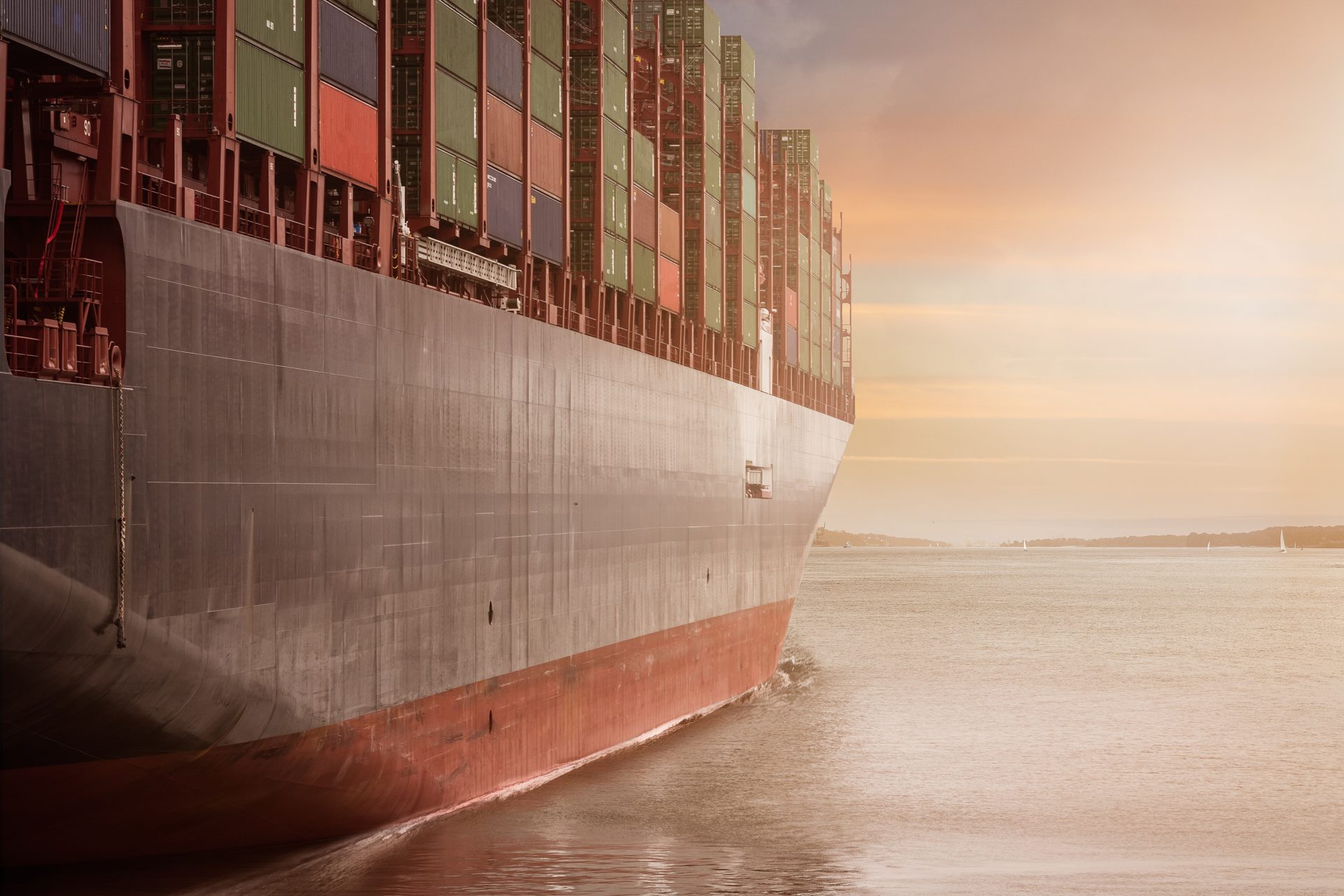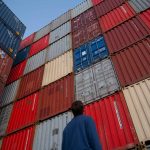Good News for Shippers in Wake of Red Sea Attacks & High Freight Rates
Anti-Israel, Iranian-backed Houthi rebel attacks on container ships in the Red Sea. Freight rates spiking. Cargo delays. That’s what has dominated international shipping news over the last few weeks. I posted a quick Shipper Alert about it before leaving for a holiday vacation with family. The situation hasn’t gotten any better for shippers during the two weeks I was away from this blog. And shippers should expect high freight rates and delays to persist for the rest of the month.
However, relief could be coming soon thereafter, once the Chinese New Year arrives on February 10th.

Michael Angell, like a messenger of God, delivered words of hope in a Journal of Commerce (JOC) article
… [Philip Damas, the head of Drewry Shipping’s supply chain practice] said he expects the rate surge to subside as demand eases following Lunar New Year and ocean carriers deploy more ships in their service strings and update schedules to account for longer transits.
“The next five weeks leading to Chinese New Year will be very difficult for shippers and for shipping, but Drewry believes shipping has more than enough capacity to do the ship diversions around Africa and that spot rates will decline again after Chinese New Year,” he said.
Obviously, that doesn’t mean freight rates will plummet instantly and ships will have smooth sailing through the Suez Canal on February 10th, but we should see a period of improving rates and stability for shippers that begins in February. The largest driving force will be the decrease in shipping demand that takes place during the Chinese New Year.
With the Chinese New Year comes the Chinese Spring Festival holiday. While the holiday itself is 7 days long, celebration goes on for 15 days, shutting down factories in China. It’s usually a month before factories can resume normal operations, and it is not uncommon for them to be impacted for two months. That’s why there’s typically a shipping surge that takes place right before the Chinese New Year as retailers and other businesses that import from China rush to restock after the Christmas and holiday shopping season has ended and the shutdowns in China take place.
The time of year of the attacks in the Red Sea, causing hundreds of container ships to divert routes from the Suez Canal during the shipping industry’s surge before Chinese New Year, is an aggravating factor for the situation shippers are in.
Panama Canal Movement Improvement
Another timing-related aggravating factor is the drought already happening at the Panama Canal. Carriers were planning to route more ships through the Suez Canal because the drought has been limiting the number of ships that can go through the Panama Canal per day. But Angell has good news on that front as well:
…with Panama Canal transits now expected to reach a total of 24 ships per day compared with an earlier forecast of 18, trans-Pacific services face less disruption than originally thought, according to a report issued last week by M+R Spedag Group.
That’s very good news for U.S. shippers. Prognostications were extremely bad when Suez Canal disruption was first added to Panama Canal congestion. The drought and ship restrictions at the Panama Canal are certainly not over, but the route is far from unviable. And shipping stability for U.S. shippers is much better than many shipping industry experts feared. Angell’s JOC article elaborates with more from the M+R Spedag Group report:
While carriers in THE Alliance made a Suez routing a contingency plan for US East and Gulf coast services, 2M’s Maersk and MSC and Ocean Alliance’s CMA CGM and Cosco Shipping have kept routing ships via Panama Canal, the report said.
Vessels still face delays between five and seven days going through the Panama Canal, but those delays are “still significantly less than the additional steaming time for a Suez/Cape transit,” according to M+R Spedag.
“When lines announced plans to reroute services from Panama to the Suez Canal, then subsequently altered those plans further by bypassing Red Sea routes, many were quick to assume that a massive wave of service disruption would impact the trans-Pacific trade,” the report said. “Despite the noise, trans-Pacific services have remained relatively stable.”
That’s the good news I’d like to leave you with as we continue into the new year of 2024. Shipping stability is much better for U.S. shippers than expected when the Red Sea attacks began and improvement on that stability along with some relief from the high freight rates we’re seeing right now should be arriving soon.





